VALE – MAXWELL JOHN RIGBY
The CMPA wishes to acknowledge the passing of an icon in the quarry industry. Written by Max’s son DON RIGBY in conjuction with the Rigby family.
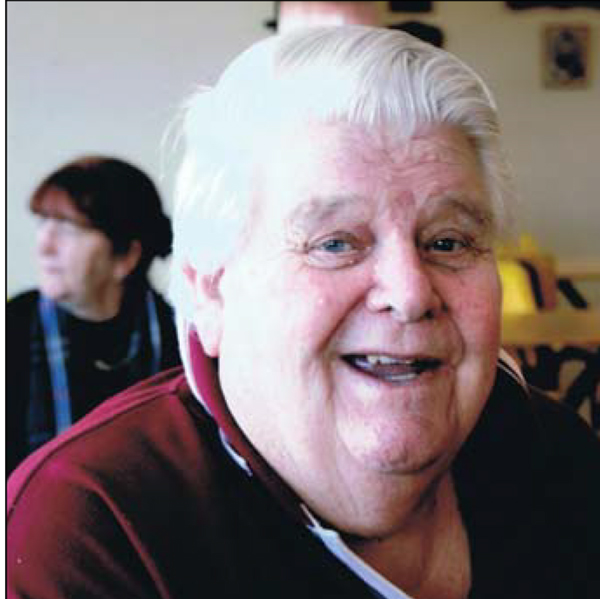
Maxwell John Rigby ( Jumbo)
Born 10th January 1935
Passed away 1st November 2012
MAX spent forty three years working in the quarry industry till his health started to decline. He is the third child of Wilton Benjamin and Edith Jane Rigby. Brother of Herbert, Arthur, Heather, Stanley and Douglas.
Max attended Coleraine Primary School, leaving at the age of 14. He had a range of jobs working on farms at Tulse Hill and Bellwyn as well as Tippett s Butchers and the Coleraine Brick Factory.
In 1955 at age 20 he commenced working for George Riordan at the quarry. After this he worked for his father-in-law, Don Steff, driving trucks. With diesel now flowing through his veins, Max and Brothers Arthur, Stanley and Douglas purchased the quarry from George Riordan on 1st August 1969.
On the 1st of March 1958 Max married Delma Steff at the Presbyterian Church in Coleraine. It was not long before there was the patter of little feet with Christopher born in 1959 followed by Jillian in 1960, Delwyn in 1961, Maxine in 1962, Don in 1963 and Jason in 1970.
Max and Delma also have nineteen Grandchildren and eight Great-Grandchildren. All three sons and five of his grandsons have and still are working in the quarry industry
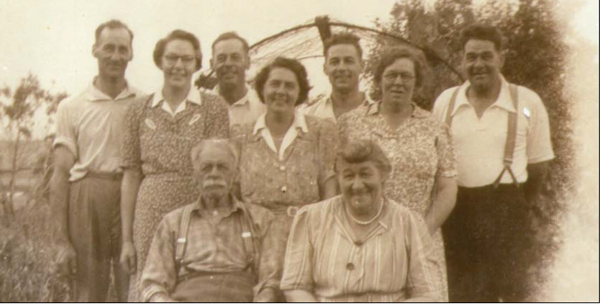
(middle row) Flo, Rae and Bett y Rigby;
(front row) Ben and Edith Rigby.
As published in the early Coleraine History on the 23-1-1912 Mr William Dolman who came with the Henty’s was responsible for having fine blue stone quarry made into a permanent quarry reserve, which was owned by the Wannon Shire.
In January 1915 the Shire of Wannon purchased a Hadfield crusher with a short revolving screen for £412 pounds. The short screen gave one grade of material of metal and one of screenings. They never had portable bins because they were 16ft high and very hard to move from site to site.
They used drills that one man held and another man hit the top with a soft steel hammer. After every hit the man turned the drill. Th e drills were different lengths 2’6” to 5ft to 7’6” long. It was very slow and hard work. They could only drill down 7ft which would take 1 day to drill a hole.
The holes were filled with gelignite and gun powder with a long fuse which was used to blast the rock. The rock which is now called spalls were broken down smaller with a spalling hammer which weighed between 12lb to 16lb depending on the size of the man. The spalls were then placed into a wheel barrow and wheeled up a wooden plank to the crusher. This was very slow and hard work.
The crusher was driven by a Traction Steam Engine which was owned by Mr A Templeton, the steam engine used a lot of wood and water while it was working. The Shire of Wannon would use contractors to drive the crusher with steam engines.
Max’s uncle Roy Rigby who worked in the quarry in 1924 with his father gave a lot of this history.
My great great grandfather Mr Ben Rigby owned a portable traction steam engine which was used to drive the crusher when it was taken out to the site where the roads were to be built.
My great great grandfather, my grandfather and my great uncles all worked in the quarry industry in the early 1900’s.
The spalls were carted by horse and dray to the site, and then the crusher and steam engine would come and crush the stone. It was cheaper and faster to take the spalls out than crush them at the quarry.
In 1935 when the crushing resumed the wheel barrows were gone and horse and drays were used to cart the spalls to the crusher. There was a special wooden ramp built so they could turn their horses and drays around to tip their loads off .
In 1945 after the war Mr George Riorden was given the contract for the quarry. In 1947 he was then given the lease which ran for 22 years
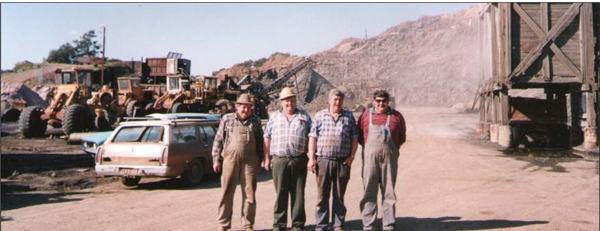
On the 1st August 1969 Mr Riorden sold the lease to four brothers, who still own the business today. They are Max Rigby (Dec), Arthur Rigby (Dec), Stan Rigby and Doug Rigby.
The new primary was built in 1977. The primary is a Kuw Ken 36 X 24 double toggle in an oil bath, the jaw faces were second hand and have not been replaced to date, the feeder is a chain feeder, which fed to a scalping screen.
In 1981 a No 1 Kummy Hammermill and conveyors were put on the plant to make crushed rock and then in 1983 a gryo, screen and conveyor was added to make more crushed rock and the over size from the primary then went to the old crusher to make aggregates
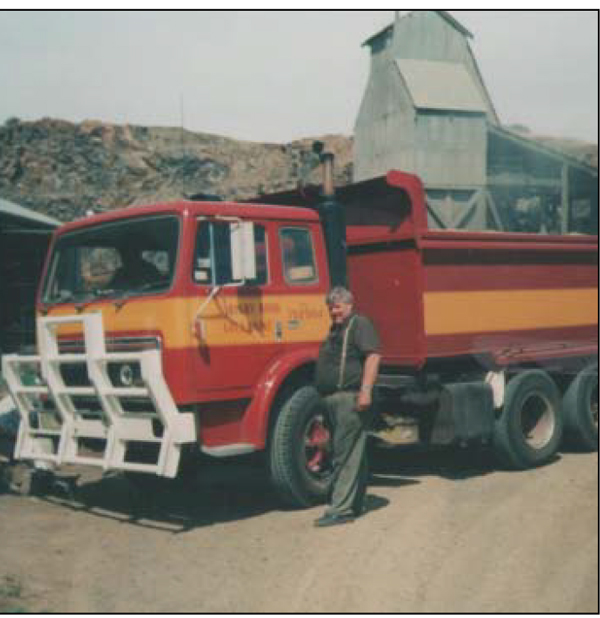
The old crusher was diesel driven by a Leyland 600 motor, all the belts were flat transmission belts, the plant was changed over to electricity in 1984, some of the small flat belts are still used today, it had a 20 X 12 single toggle crusher which lead to a bucket belt then onto a screen to take the 20mm minus out and the oversize went to a 1 foot 8 gryo and the back to the bucket belt, what passed through the top screen was then screened into its designated bin, the 20mm and 14mm aggregate could be directed to a 1 foot 2 gryo to make the smaller aggregates as required.
It was stated that Fred Harrip was the only person that George could get to work up on the top of the old crusher putting the tin on it.
The Coleraine Football Club was a major part of Max’s life. Not only the Coleraine Football Club, but also the Western Border Football League and then later in the South West Football League. Max filled many roles with the Coleraine Football Club. He served as president of Coleraine on two occasions during the Western Border times and was timekeeper for both Coleraine and the Western Border Football League for many years. He was also president of the South West Football League after Coleraine transferred from the Western Border Football League in 1995.
Max took great interest in all his children, grandchildren and the great grandchildren and proudly used to sit up in his chair as the head of the clan with all his family around him.
Max’s health deteriorated over the last few years and the cancer had spread to his bones causing him great pain. It was fitting that all his extended family was with him when he passed away. He will be sadly missed, but we have comfort in knowing he is no longer suffering.
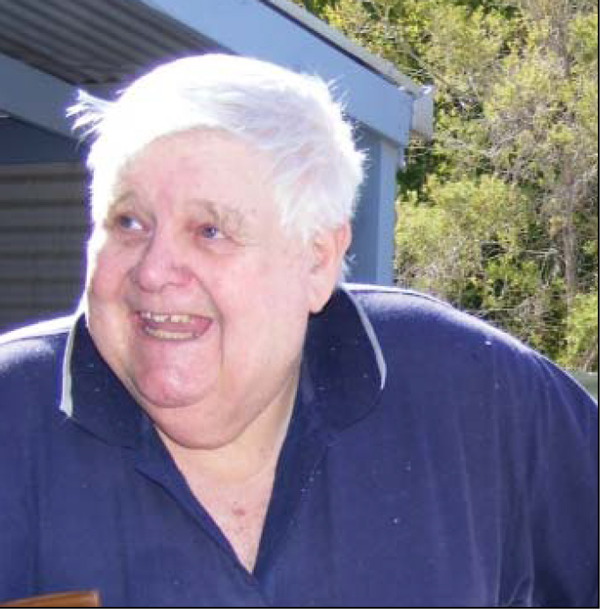









You must be logged in to post a comment Login